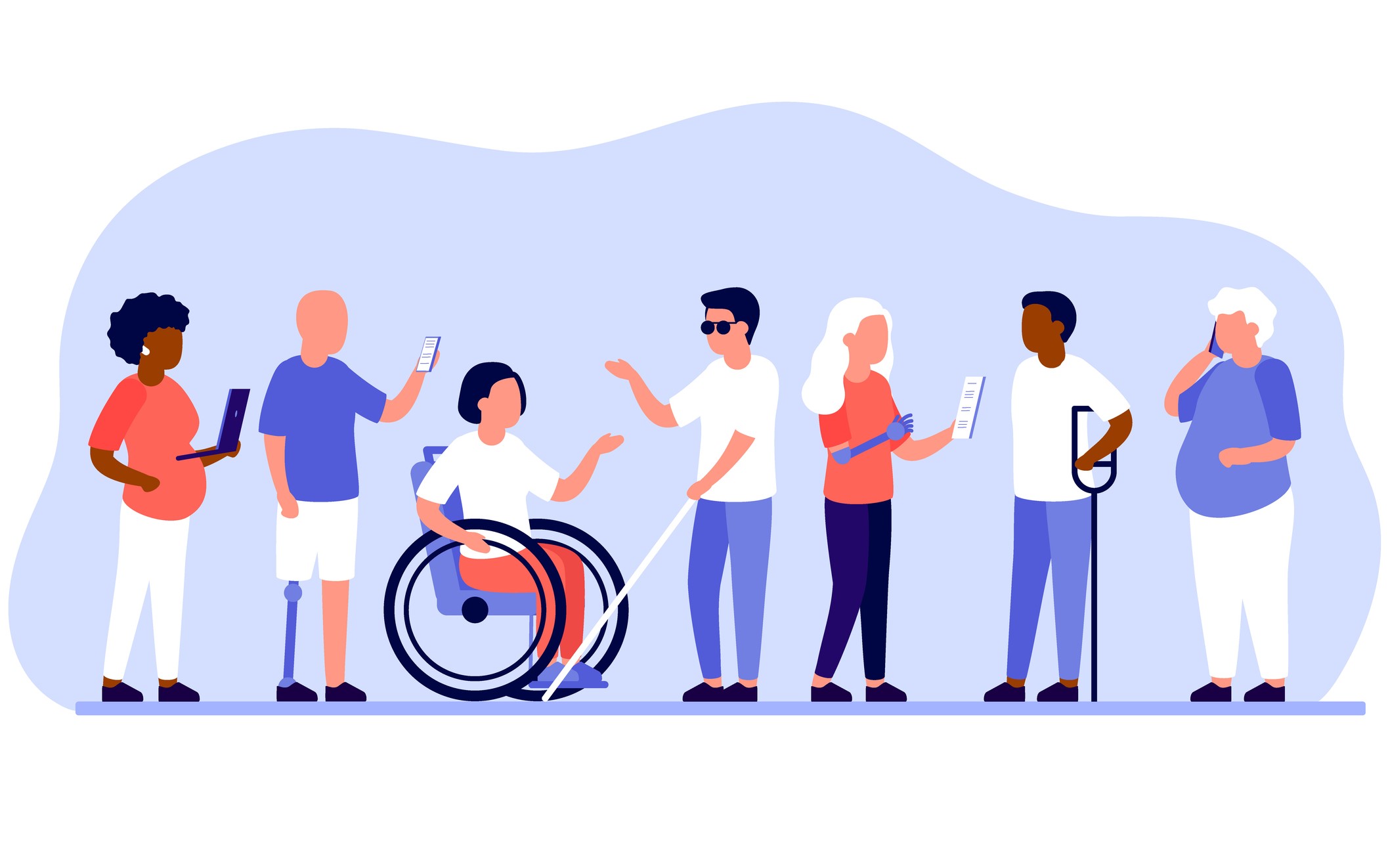Commuting was once ranked last as people’s favorite activity. It’s doubtful much has changed.
In six US cities, the average commute now is more than 30 minutes (New York, Long Island, Washington D.C., Newark, N.J., Chicago and Boston… we feel your pain!).
However, commuting has some upsides, too. Here’s a look at the good, the bad and the ugly trends in commuting.
The Ugly – The Mega Commute
We’ll start off with the ugly. For every 100 workers in the San Francisco Bay area, five of them are “mega-commuters.” They commute 90 minutes or more to work every day. They might be dedicated, or they might need their jobs, but some experts believe it is worsening their health.
Mega commuters can suffer from decreased cardiorespiratory fitness, weight gain, and muscle pain, high blood sugar which can lead to diabetes and increases blood sugar, according to Canopy Health.
That’s not all. Studies show they have increased stress levels. With so much driving, you have a lot of traffic to worry about. Taking the BART? You have no control over what happens when you leave the front door — and you have many miles to travel.
Urban cities like San Francisco, Los Angeles and New York have high numbers of mega-commuters. According to Canopy, mega-commuter drivers spend 30 days each year driving to-and-from work.
The Bad – Commutes take more time
While you may not have a mega commute, you still have to get to work — and we are sad to say that time is growing. From 2014-2015, the average time spent to get to work increased more than 3 hours and 20 minutes alone, according to The Census 2015 American Community Survey. The average commute has continued to increase.
If you are like the average worker, your commute is 26.6 minutes, according to Visual Capitalist. That’s up more than 4 minutes since 1990, where the Census Bureau surveyed US residents and found they were commuting 22.4 minutes to work.
Why is this happening? While the impulsive reaction is to say your subway train is perpetually late, researchers attribute it to many causes. Those influences include a continued shift of the population to the suburbs and specific metro areas growing outdated. At the same time, other regions are adding people. Plus, there is a continued increase in solo car commuting while carpooling has dropped.
The Good — Save money while you commute
Guess what? Commuting doesn’t have to be all bad, even though it can be a struggle.
For commuters and employers, there are commuter benefits. If you commute, you can save up to 40 percent on your commuting fees by setting aside pre-tax income. The commuting costs covered are: train, bus, ferry, rideshare (Uber Pool, Lyft Shared), parking and biking.
If you are an employer, you can save up to 7.65 percent in payroll taxes because your employees are taking advantage of their pre-tax savings.
Since the average commuter spends $2,600 in commuting costs per year, there are measurable savings involved.
If you want to learn more about commuter benefits, download the 101 Guide below:
A Comprehensive Guide to Ensuring Accessibility for Employees with Disabilities
Improve Workplace Accessibility by Offering Inclusive Benefits Ensuring your business is accessible to employees with disabilities is not only a...







